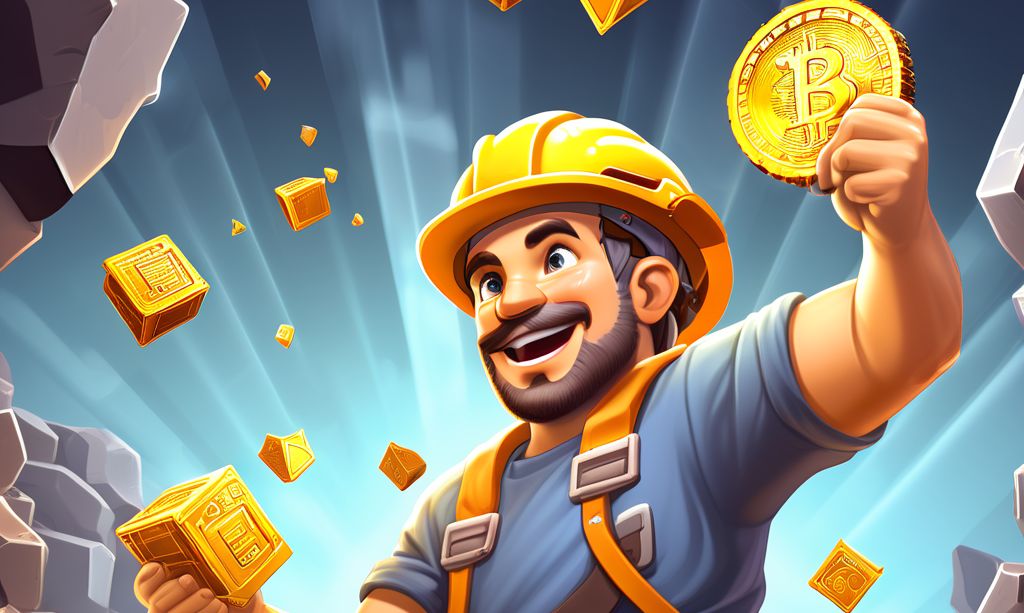Block rewards are the lifeblood of cryptocurrencies, incentivizing miners to secure the network and validate transactions. But what exactly are they, and how do they work?
The Core Function:
Imagine a crypto network as a public ledger recording transactions. Miners act like bookkeepers, adding new pages (blocks) to this ledger and verifying transactions for accuracy. Block rewards are their compensation, paid in newly minted coins and transaction fees.
Why are they crucial?
- Security: Block rewards entice miners to compete, boosting network security by making it difficult for malicious actors to tamper with the ledger.
- Decentralization: By eliminating the need for a central authority to issue currency, block rewards empower the community and promote a democratic system.
- Supply & Demand: By introducing new coins gradually (often through halving events), block rewards help regulate cryptocurrency supply and influence its value over time.
Components of the Reward:
- Mining Reward: A predetermined amount of new coins awarded for adding a block.
- Transaction Fees: Paid by users to prioritize their transactions within a block.
The Calculation Conundrum:
Block rewards are determined by complex mechanisms involving both fixed (e.g., Bitcoin’s initial 50 BTC) and variable elements (e.g., network difficulty).
- Fixed rewards: Some coins issue a set amount per block.
- Variable rewards: Others adjust rewards based on factors like network participation or difficulty.
Bitcoin’s Pioneering Model:
Bitcoin, the trailblazer, uses a fixed reward that halves every four years. This intentional scarcity mimics gold, controlling the total supply and potentially increasing the value of existing coins.
Beyond Bitcoin: Diverse Approaches
- Dogecoin (DOGE) and Litecoin (LTC): Similar halving mechanisms to Bitcoin.
- Ripple (XRP): No mining or block rewards, with the entire supply pre-allocated.
- Ethereum (ETH): Uses a proof-of-stake (PoS) system where validators are chosen based on their staked ETH, eliminating mining and block rewards.
The Future of Block Rewards:
Technological advancements can impact mining productivity and transaction fees:
- More efficient mining hardware and software may lead to lower fees as miners process more transactions while using less energy.
- Increased competition due to efficient mining may drive down fees further but also raise network difficulty, making it harder for individual miners to compete.
- Scalability solutions like layer-2 protocols may reduce transaction fees and indirectly affect block rewards by impacting competition for block space.
Block rewards are a complex yet crucial element in the cryptocurrency ecosystem, shaping security, decentralization, and the overall value proposition of these digital assets. As the industry evolves, understanding their nuances will be key to navigating the ever-changing crypto landscape.




